Freddy Mamani Silvestre's fantastical Andean palaces are full of Bolivian flair

German photographer Peter Granser frames the bold and brilliant architecture of Freddy Mamani Silvestre in a new book, El Alto. This 24-page publication hones in on the pattern, shape and composition of the self-taught architect’s designs, which can be found in his hometown of El Alto, Bolivia.
Mamani’s playful and eccentric style is inspired by the craft traditions of his own indigenous Aymaran culture and the strong masonry of pre-Inca architecture. He has made a name for himself in El Alto, where he has completed more than 60 projects since 2005, all recognisable by their colourful façades, asymmetrical paneling and quirky shapes. His radical art deco meets Las Vegas style couldn’t feel more alien to the rambling architecture of Bolivia’s second largest city.
Only one photograph in the book shows the backdrop of the dramatic mountain-scape behind the city, with a bright green Mamani building rising up over the rooftops in the foreground. Mostly, Granser has carefully and closely framed the buildings. The photographs are like portraits, which explore the defining characteristics of Mamani’s self-pronounced ‘New Andean’ architectural style. Full pages feature cropped shots of elaborate surfaces, so obscured by the lens that they resemble two-dimensional animations.
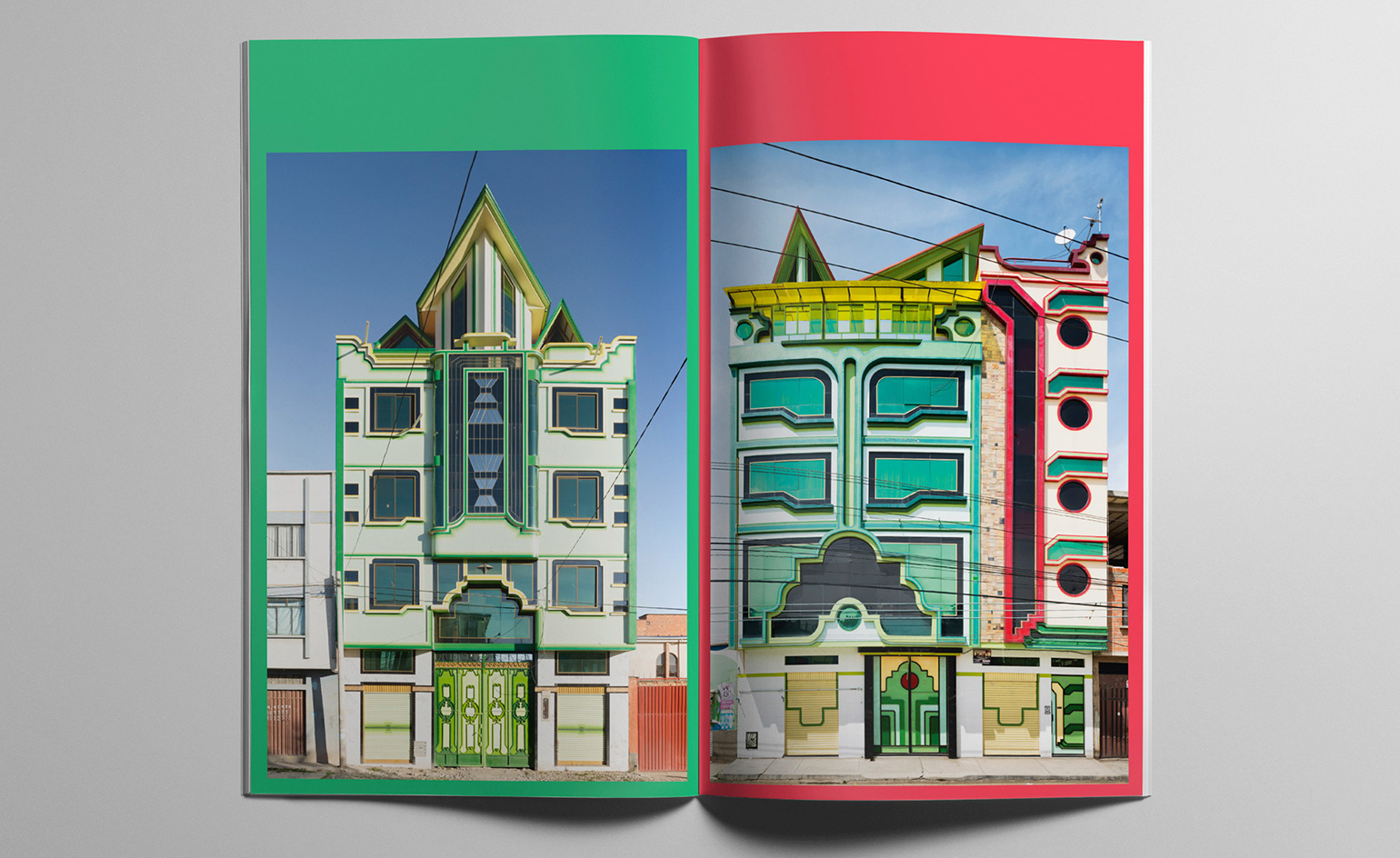
A spread from 'El Alto'
These conscious close-ups are described in a short essay by architectural designer and writer Winston Hampel who compares the publication to a ‘postcard or a dispatch’. The book is a ‘peephole’, which reveals yet also limits our view of Mamani’s kingdom, igniting our imaginations further.
This bright saddle-stitched book is produced by Edition Taube, an independent publishing house specialising in the production of artists’ works, based in Munich and Zurich. El Alto is a neat, visual slice of real-life fantasy – a photo book, an unusual object and a visual introduction to the world of Mamani.
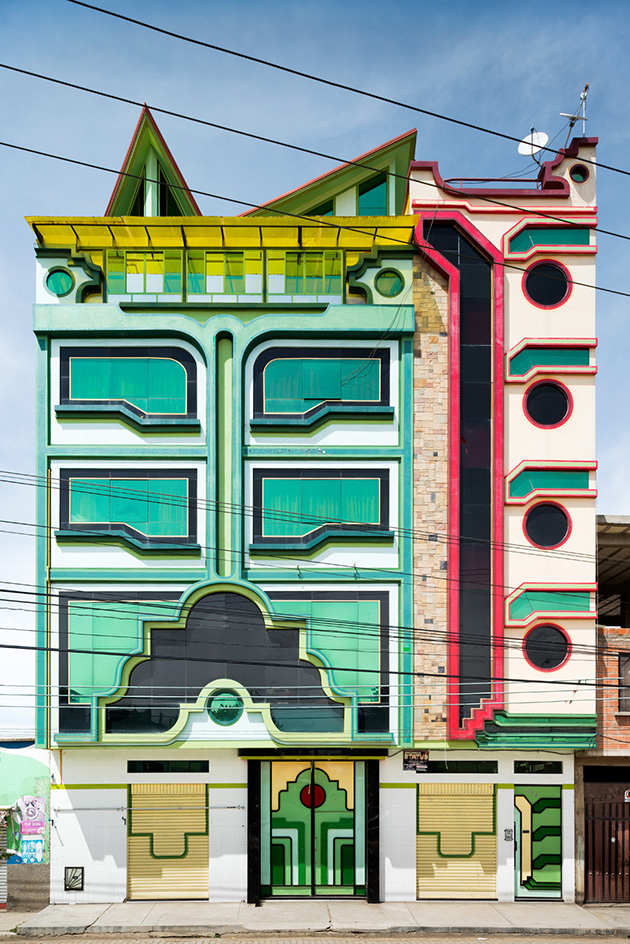
For inspiration, Mamani also looks to science fiction films, which influence the futuristic shapes and designs of his work

The fantasy ride continues inside Mamani's buildings, with ornate columns and glitzy chandeliers shown here in Salon El Rey Alexander
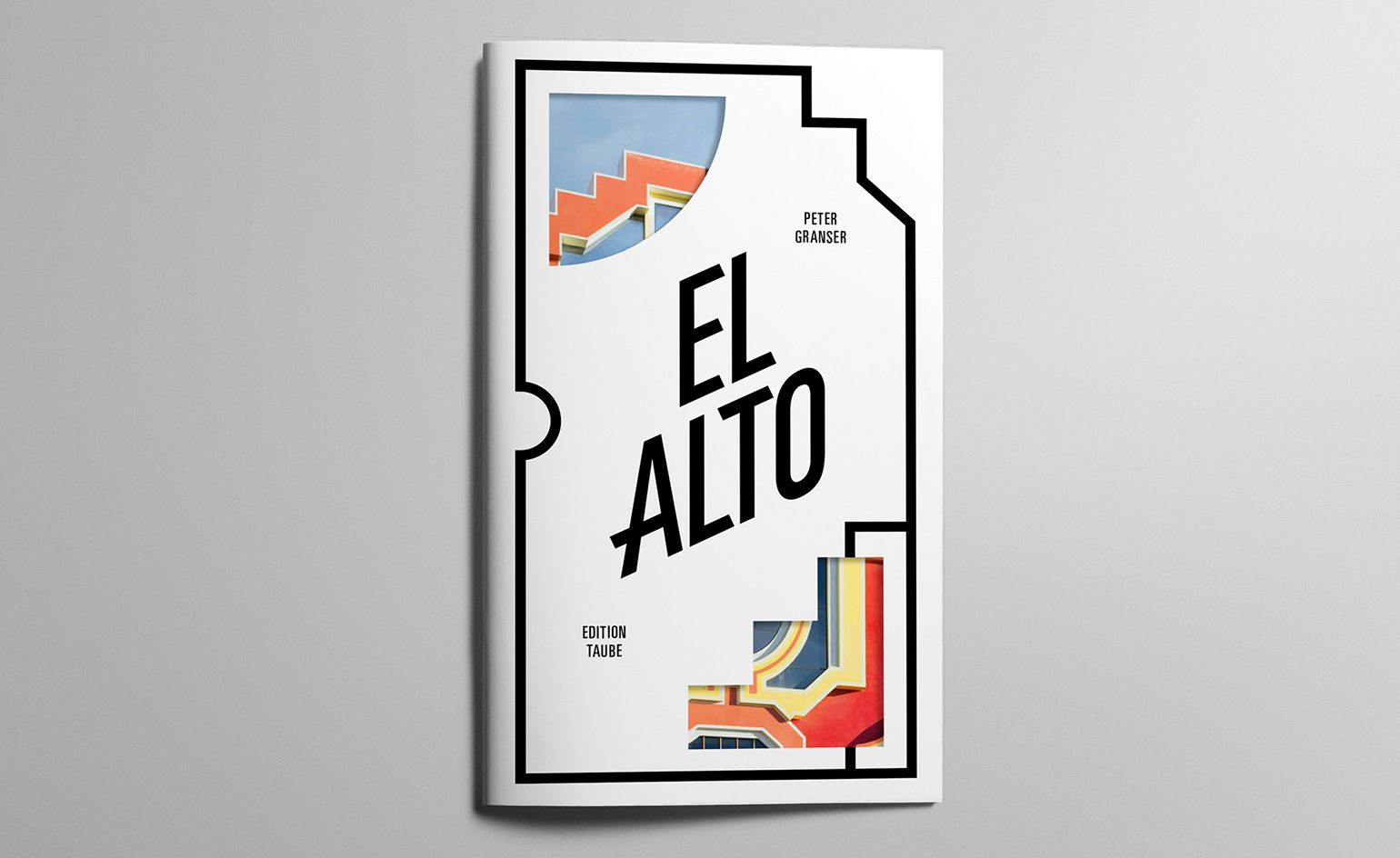
El Alto is Mamani's hometown in Bolivia. As well as Bolivia's second largest city, it is the highest in the world, and home to approximately 1.6 million people
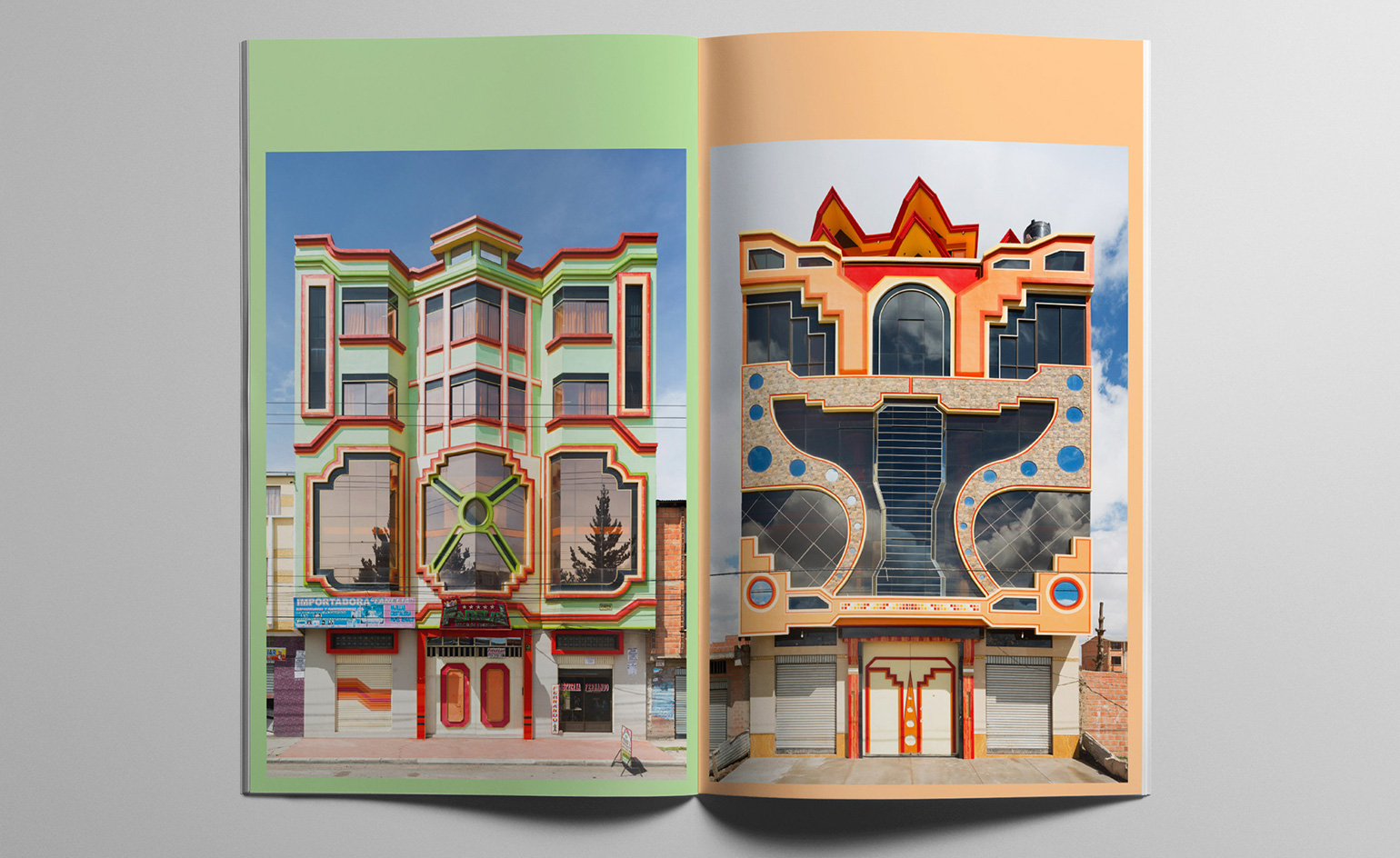
Photographer Peter Granser closely frames the buildings to celebrate the quirky features of Silvestre's signature architectural style
INFORMATION
El Alto is published by Edition Taube, €17. For more information, visit Edition Taube's website
Receive our daily digest of inspiration, escapism and design stories from around the world direct to your inbox.
Harriet Thorpe is a writer, journalist and editor covering architecture, design and culture, with particular interest in sustainability, 20th-century architecture and community. After studying History of Art at the School of Oriental and African Studies (SOAS) and Journalism at City University in London, she developed her interest in architecture working at Wallpaper* magazine and today contributes to Wallpaper*, The World of Interiors and Icon magazine, amongst other titles. She is author of The Sustainable City (2022, Hoxton Mini Press), a book about sustainable architecture in London, and the Modern Cambridge Map (2023, Blue Crow Media), a map of 20th-century architecture in Cambridge, the city where she grew up.
-
 A revived public space in Aberdeen is named Scotland’s building of the year
A revived public space in Aberdeen is named Scotland’s building of the yearAberdeen's Union Terrace Gardens by Stallan-Brand Architecture + Design and LDA Design wins the 2025 Andrew Doolan Best Building in Scotland Award
-
 Own an early John Lautner, perched in LA’s Echo Park hills
Own an early John Lautner, perched in LA’s Echo Park hillsThe restored and updated Jules Salkin Residence by John Lautner is a unique piece of Californian design heritage, an early private house by the Frank Lloyd Wright acolyte that points to his future iconic status
-
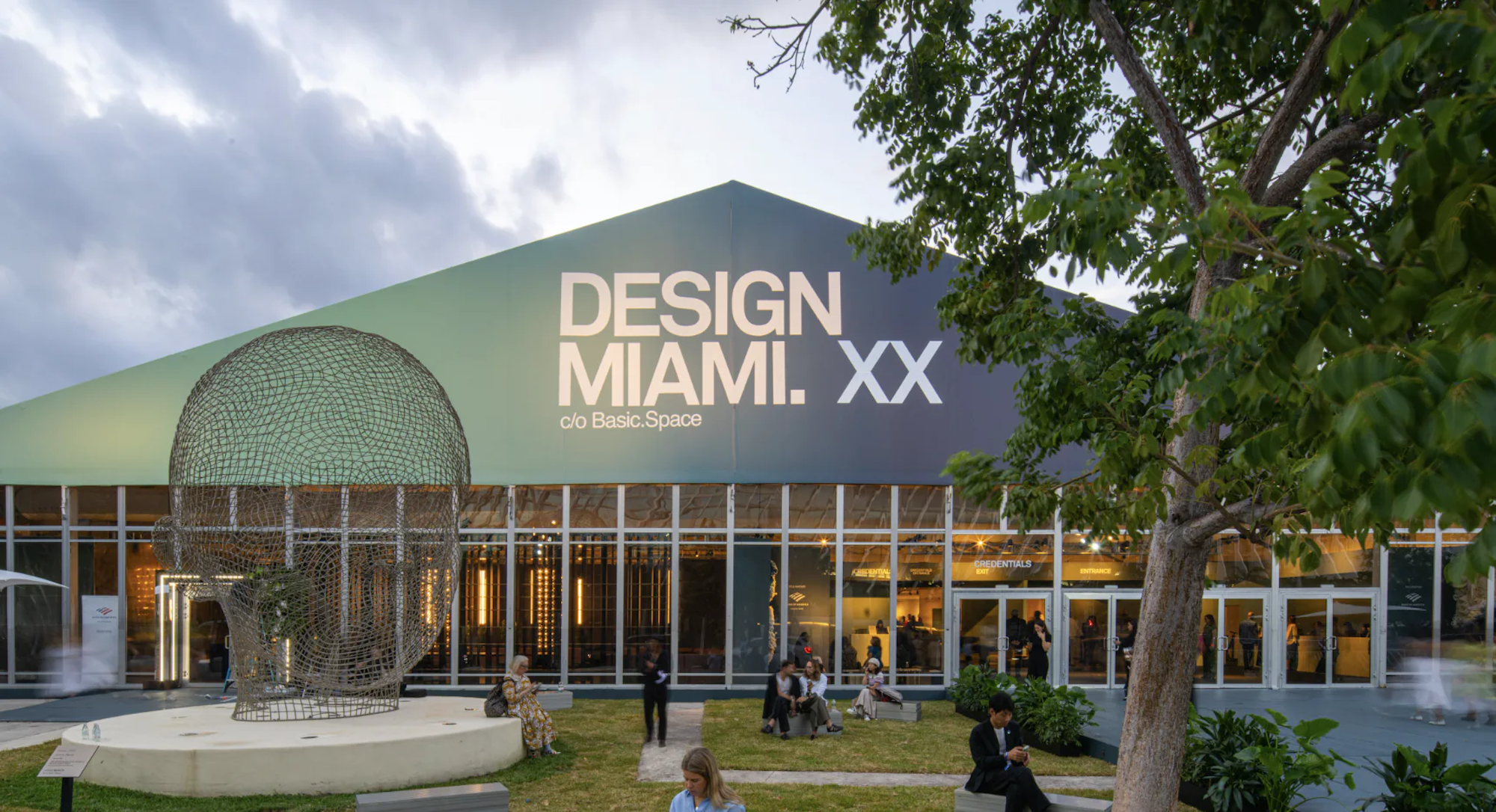 20 things that positively delighted us in and around Design Miami this year
20 things that positively delighted us in and around Design Miami this yearFrom covetable 20th-century masterpieces to a tower made from ceramic pickles, these were the works that stood out amid the blur of Art Week
-
 Nadia Lee Cohen distils a distant American memory into an unflinching new photo book
Nadia Lee Cohen distils a distant American memory into an unflinching new photo book‘Holy Ohio’ documents the British photographer and filmmaker’s personal journey as she reconnects with distant family and her earliest American memories
-
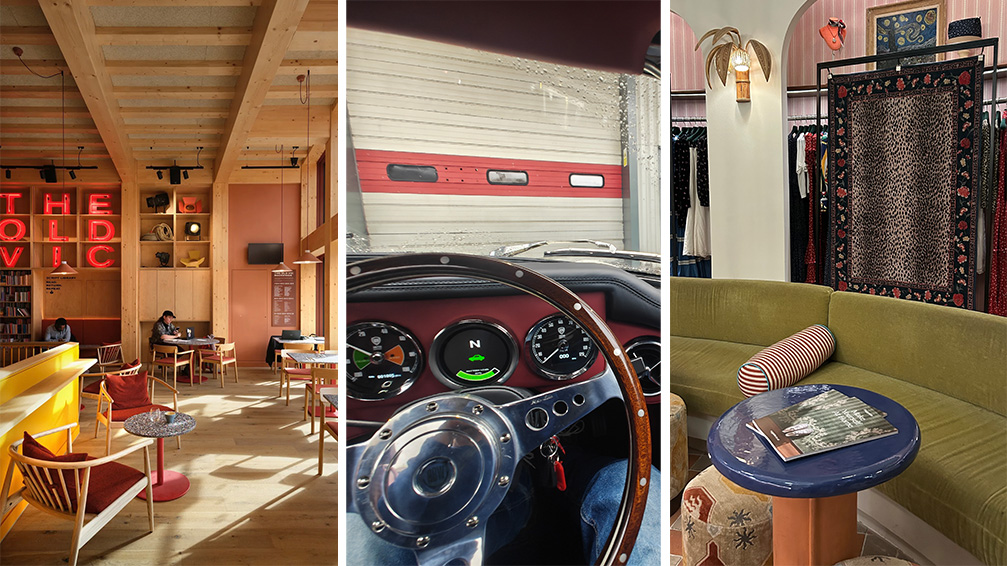 Out of office: The Wallpaper* editors’ picks of the week
Out of office: The Wallpaper* editors’ picks of the weekThe rain is falling, the nights are closing in, and it’s still a bit too early to get excited for Christmas, but this week, the Wallpaper* team brought warmth to the gloom with cosy interiors, good books, and a Hebridean dram
-
 Inside Davé, Polaroids from a little-known Paris hotspot where the A-list played
Inside Davé, Polaroids from a little-known Paris hotspot where the A-list playedChinese restaurant Davé drew in A-list celebrities for three decades. What happened behind closed doors? A new book of Polaroids looks back
-
 Inside the process of creating the one-of-a-kind book edition gifted to the Booker Prize shortlisted authors
Inside the process of creating the one-of-a-kind book edition gifted to the Booker Prize shortlisted authorsFor over 30 years each work on the Booker Prize shortlist are assigned an artisan bookbinder to produce a one-off edition for the author. We meet one of the artists behind this year’s creations
-
 Out of office: The Wallpaper* editors’ picks of the week
Out of office: The Wallpaper* editors’ picks of the weekThis week, the Wallpaper* editors curated a diverse mix of experiences, from meeting diamond entrepreneurs and exploring perfume exhibitions to indulging in the the spectacle of a Middle Eastern Christmas
-
 14 of the best new books for music buffs
14 of the best new books for music buffsFrom music-making tech to NME cover stars, portable turntables and the story behind industry legends – new books about the culture and craft of recorded sound
-
 Jamel Shabazz’s photographs are a love letter to Prospect Park
Jamel Shabazz’s photographs are a love letter to Prospect ParkIn a new book, ‘Prospect Park: Photographs of a Brooklyn Oasis, 1980 to 2025’, Jamel Shabazz discovers a warmer side of human nature
-
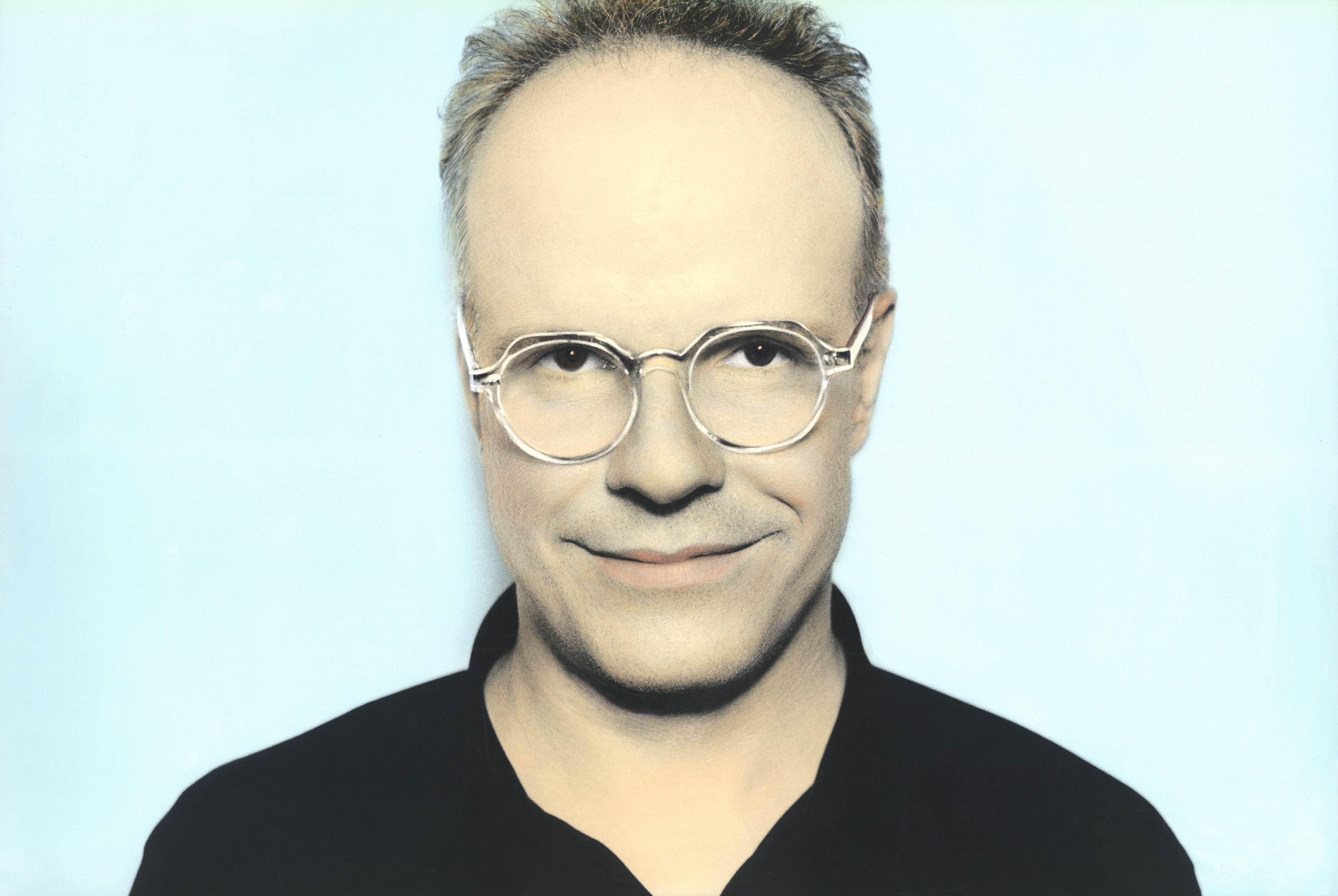 A life’s work: Hans Ulrich Obrist on art, meaning and being driven
A life’s work: Hans Ulrich Obrist on art, meaning and being drivenAs the curator, critic and artistic director of Serpentine Galleries publishes his memoir, ‘Life in Progress’, he tells us what gets him out of bed in the morning